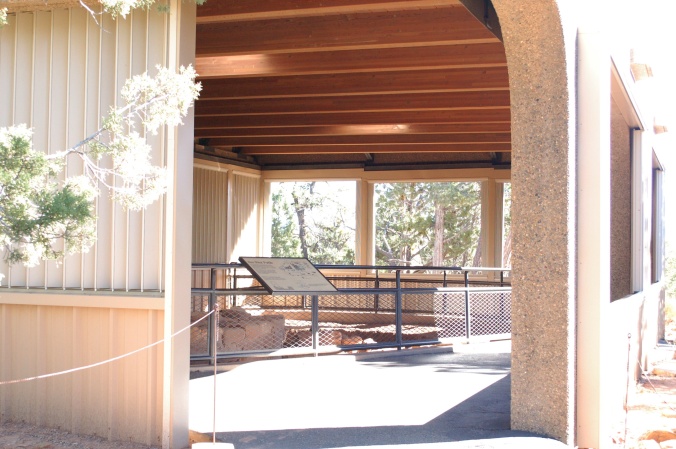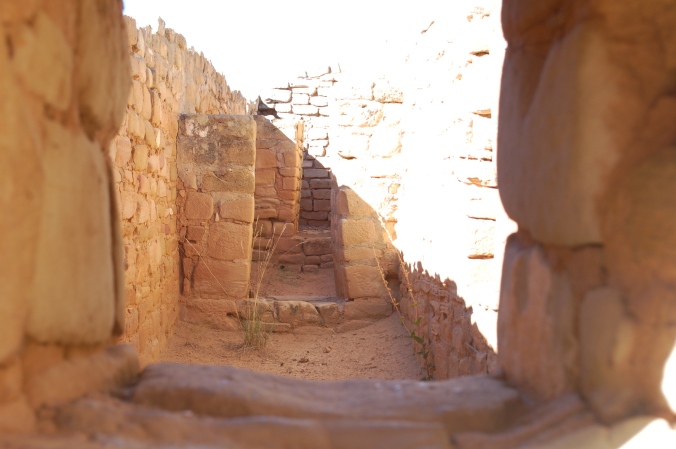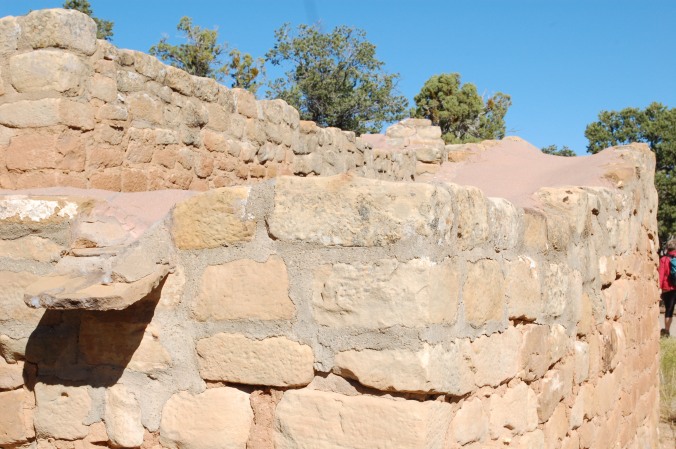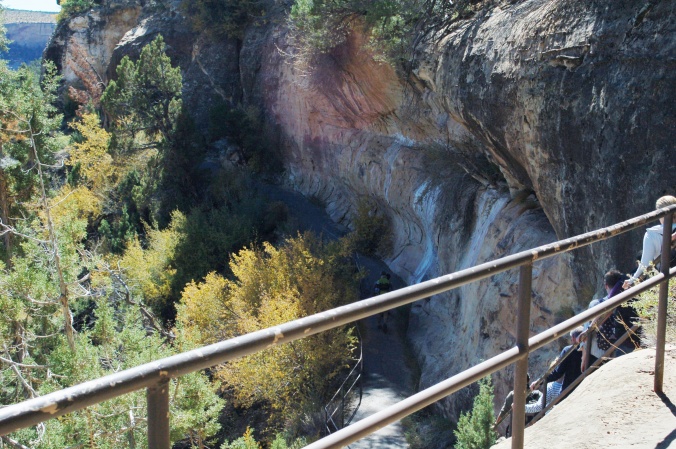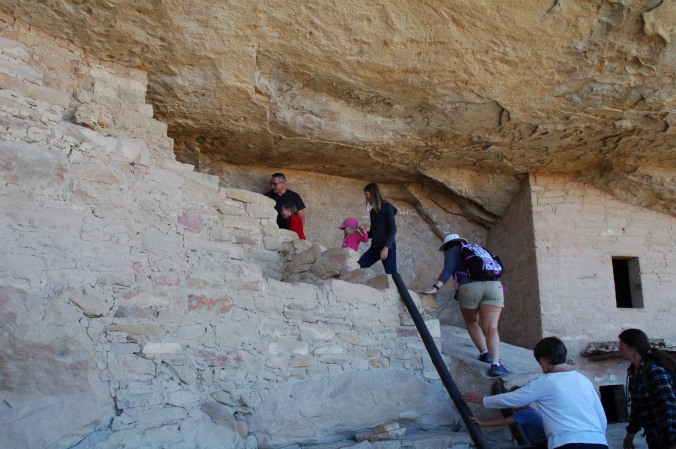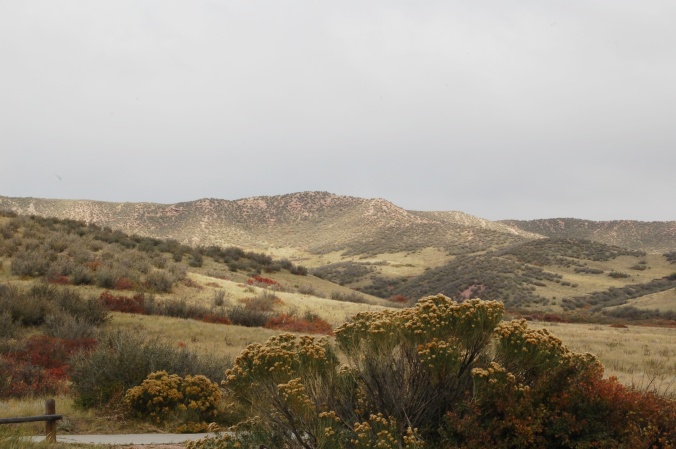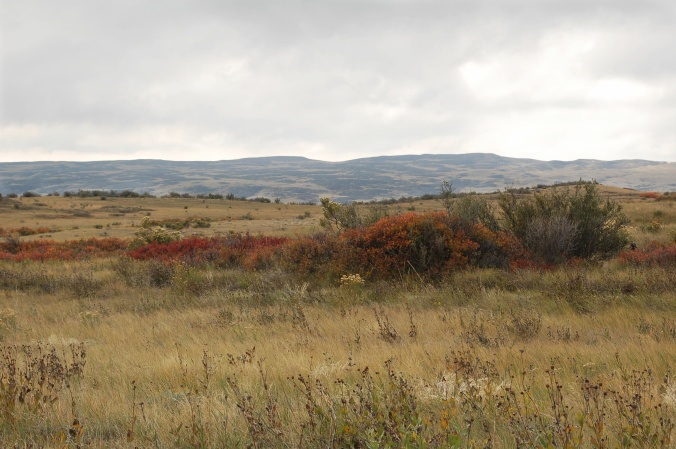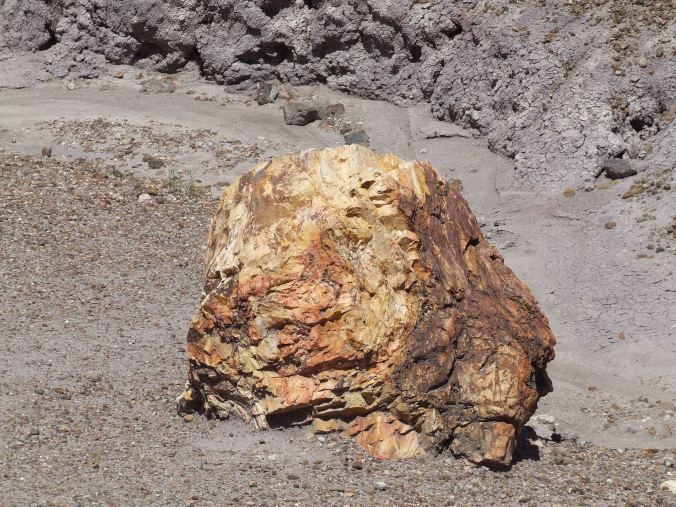
Okay, I am going to step away from the travel blogging for just a second, and venture into another aspect of the travel life: space, budget, and food. Normally I wouldn’t even bring these things up, but one of my photography mentors has challenged us to step out of our usual style of photography and try a genre we haven’t tried, so I chose food. And a blog post idea was born.
(I honestly couldn’t care less about food photography, but I understand how being well-rounded will make me a better photographer in the long run.)
Since we downsized from two incomes (well, technically 5, since I was working 3 jobs and Kevin was working 2) to only one income, we have a pretty tight budget to be able to afford this amazing travel lifestyle. So we have to be very careful with our money, and where our pennies are allotted.
A bigger grocery budget means a smaller gas budget, which means we can afford less travel adventures. So I made our grocery budget into a game:
How low can we go and still eat well?
Another obstacle that we have to overcome is limited food storage space. I mean, have you ever seen an RV refrigerator? Take a tiny little apartment fridge and cut that in half.

We are actually really really fortunate in that we have a relatively large kitchen for an RV that is this size. It was part of the reason why I chose the rear-kitchen floorplan: the kitchen is actually similar in size to that of my first apartment and our trailer is only 30 feet. There’s an actual pantry, albeit a small-ish one. Kitchen and food storage is simply something that you will have to compromise on if you are going to move into an RV. Unless you get one of those behemoth “residential” RVs that we can only dream about affording someday…
So due to a lack of space, by necessity we make frequent trips to buy groceries. We simply cannot hit up Costco and buy 10 lbs of coffee at a time, because we have nowhere to put it. When we lived in our house, I would go grocery shopping every other week, because I hate grocery shopping, but in the RV, we go a minimum of once a week, and often need to make a quick run mid-week for those 2 or 3 items that we just couldn’t make last all week long.
I budget $100 a week (in cash, so we aren’t tempted to “fudge” with the debit card).
Any extra cash we have at the end of the week that we have leftover goes into an old coffee can “Cruise Fund.” The last few weeks we have been consistently hitting between $60 and $80 a week on food. We only have about $100 to go to be able to book our cruise. (Yay!!!)
How can we afford for our family of 3 to eat (and eat well) on $60-$80 a week?
Two Rules:
Rule #1: Be smart about what you buy.
- I don’t buy a bunch of processed crap. We eat whole food. About 50% of our budget is spent in the produce section (50%!!). About 20% is then spent on dairy, because we love cheese and yogurt in our house. Maybe 20% on beans and grains (bread, pasta, rice, etc), and the remaining 10% on misc. staples like spices, granola bars, and peanut butter.
- I don’t coupon. I have learned that this causes me to seek out a certain brand, which inevitably costs more than a comparable store brand, even with the coupon. Couponing, at least for me, causes me to spend more money (example: Chobani greek yogurt is $1 normally, but with a coupon for 20% off makes it $.80. The Kroger brand of greek yogurt is like $.50. This coupon would only save me money if my family will only eat Chobani, but since no one cares, I will not spend the extra $.30 just for the allure of “saving” $.20 using a coupon). Plus, very rarely do coupons exist for whole foods; 99% of the time it is for processed garbage.
- We eat mostly vegetarian. Meat is expensive and, honestly, unnecessary. I was a vegetarian for years until I got severely anemic while I was pregnant, and for some medical reason that I never bothered looking up, you shouldn’t take iron supplements while preggers, so I started eating more meat. But now that I’m not anemic (or pregnant!) anymore, the majority of our meals are sliding back into the vegetarian realm.
IF we have money left over after buying our produce, grains, and dairy, we might swing by the meat department and see if anything is on sale or a crazy good deal, and get ONE thing that we stretch for the entire week. Any kind of roast is popular, one week we got half a turkey on sale, sometimes we’ll get the $5 rotisserie chicken, etc and make that work on salads, in soups, or on sandwiches for the whole week. But really, no one needs a 32oz steak in one sitting. No one.
Healthy food being more expensive is one of the world’s biggest myths that makes me crazy. Yes, eating nothing but boneless, skinless chicken breasts and drinking kefir and buying organic pears in the middle of winter will probably get spendy. But a pound of dried beans is less than $1 and will feed my family for a solid week, and beans are good for you, too! Eggs are cheap, versatile, and packed full of protein. Onion, carrots, spinach, cabbage, etc are all inexpensive and all good for you!
Just be smart about what you’re buying.
Rule #2: Learn how to *really* cook, and seriously question the “meal-plan” model of food prep.
The common wisdom of the internet these days says that if you write out a detailed meal plan, write out a detailed shopping list, and then only buy those things, you will waste less food and therefore save yourself money.
I have not found this to be true.
Really, these experiments are my most expensive shopping trips by far. My family doesn’t eat 7 dinners a week. My family eats 3, tops, and then 4 nights of rotating or re-purposed leftovers, or improvising because we don’t feel like eating what we are supposed to. Plus, 7 meals’ worth of ingredients will never fit in our kitchen at one time.
Making 7 distinctly different meals in a week is so wasteful for us. Especially if you go and find 7 different recipes off the internet that don’t even have interchangeable ingredients. And I am not that highly motivated to try to come up with 7 really cohesive but different recipes on the internet. I do not have that attention span.
We did, however, have a really successful week of “Mexican” food. We just made a big batch of beans and ground beef with taco seasoning at the beginning, had plenty of tortillas, lettuce, cheese, salsa, cilantro, and sour cream on hand, and kept re-purposing those same ingredients. Tacos, fajitas, quesadillas, nachos, and enchiladas all require near-identical ingredients just rearranged in different ways. So we only had to buy one head of lettuce, one bunch of cilantro, one container of sour cream, and nothing went bad. We used it all up that week, but those were literally all we bought that week.
Instead of spending my stay-at-home-mom days searching Pinterest for the perfect recipe that incorporates everything in my fridge that’s about to go bad, that my child will also love, and that has the proper amount of nutrients and macros, and blah blah blah, I taught myself how to cook.
Like, how to really cook. Not just follow a recipe. But to cook like a contestant on Chopped.
Let’s see, I have half an onion, greek yogurt, whole wheat spaghetti, and cheerios, but dang it, I *really* want to put my last $20 into the Cruise Fund instead of buying food for my family, so I will just have to make this work.
So instead of “pinning” 32 recipes for chicken noodle soup, I learned about mirepoix. Instead of searching for fajita recipes, I learned about Mexican and Southwestern flavors. Instead of giving up and ordering takeout, I learned how to stir-fry. I am figuring out what flavors compliment each other, and which flavors don’t work at all.
Why is this important? Because when I am wondering what to do with the Butternut squash sitting on my counter taking up space (but that we got for $1.10), I can remember that I really liked butternut squash in a curry dish I once had, and since I now have an understanding of curry flavors, we concocted an amazing curried butternut squash stir-fry with wheat noodles, bell pepper, onion, and served it over rice.
No recipe (or Cheerios) required.
I’ve got an upgraded grilled-cheese sandwich idea swirling around in my head that involves bleu cheese and pears… maybe some dijon mustard and would it be weird to have walnuts on a grilled cheese sandwich? I love that flavor profile but I also really love sandwiches.
How does this save us money?
I am learning that with the same handful of ingredients, we can create thousands of different combinations to keep our meals interesting and balanced. I don’t need to buy certain (larger) quantities because I can adjust the cooking to suit (I just have 2 potatoes? Sweet, I only need to buy 1 leek for soup).
And honestly, it saves me a ton of time because I can whip something up without having to read recipes, constantly washing my hands to wake my phone up every time I need to check quantities and cooking times, dig around for my dry measuring cups, and so on. I seriously wont cook anything more complicated than 5 or more ingredients, or if it involves an oven in any way (with the rare exception of baking sweet treats, like cinnamon rolls… yum…)
I know, I know; I’m a stay-at-home-mom and so I have “all the time in the world to cook.” But I still hate cooking. Just because I’m learning how, and it’s easier, doesn’t mean that I enjoy being in the kitchen. It means I figured out how to make it easier on myself. Cooking has never been my forte. Before I met Kevin I subsisted on cereal and Lean Cuisines. I would happily return to that if I didn’t have a family whose health I actually care about.
So I prefer to cook things that require minimal time in the kitchen. And I can throw something together really quickly, because I know how.
I also still do some form of food prep early in the week. I turn our scratch, raw ingredients into “convenience” ingredients. Like, I will cook dry beans so they’re soft and ready to go in recipes. I will cook beets (I love beets) once, chop them all, throw them in a tupperware container in the fridge, and they’re super easy to toss on top of salads or even to toss in a snack cup for my kiddo, or to toss with some feta and fresh parlsey for a really pretty and super yummy salad.
This is easy to do with our Instant Pot.
Seriously, if you could have ONE kitchen gadget (like if you were to, say, move into an RV with limited storage), the Instant Pot should be it. It’s WONDERFUL. We use ours probably 3-4 times a week.
These really pretty beets that I prepped? Perfectly steamed to the proper texture in 15 minutes. Set it and walk away. I totally forgot about them for like an hour. No big deal, the Instant Pot took care of it, and they are still just as perfect.
I can make chili from scratch, with dried beans, and frozen hamburger in like 90 minutes (when you start with frozen items, it takes a while to get the Instant Pot to pressure, so I always add an extra 15 minutes).
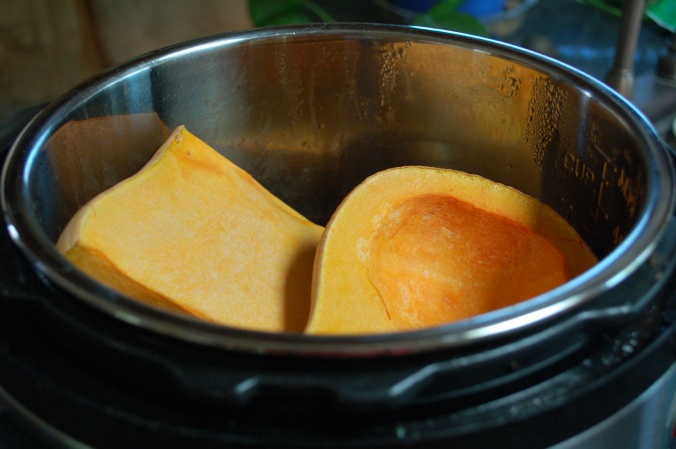
Butternut squash in 15 minutes.
I can make my mirepoix in the bottom of the Instant Pot set on the saute function, build my soup on top of it, then just set the cooking time for the longest-cooking ingredient and done.
It’s a pressure cooker so it forces flavors to “meld,” making anything taste like its been simmering all day. I honestly can’t tell the difference between spaghetti sauce lovingly simmered on the stove for 8 hours or tossed haphazardly in the Instant Pot for 10 minutes.
I might get hate mail for that statement from the Spaghetti Sauce Purists, but I am not a sauce snob, nor is my 2-year-old, so easy and fast wins every time.
So to recap:
- Make smart shopping choices. Buy store brands where possible, don’t buy watermelon in December, and remember that filet mignon is a rare treat, not a nightly staple.
- Learn how to actually cook without recipes. Recipes can and should guide you, but you should be able to make swaps or omit or add ingredients with confidence so that random rutabaga in your fridge doesn’t go to waste.
If you all have made it this far, I challenge you to see how low you can get your own grocery budgets. Start with $100 a week and go from there. Let me know how it goes!




